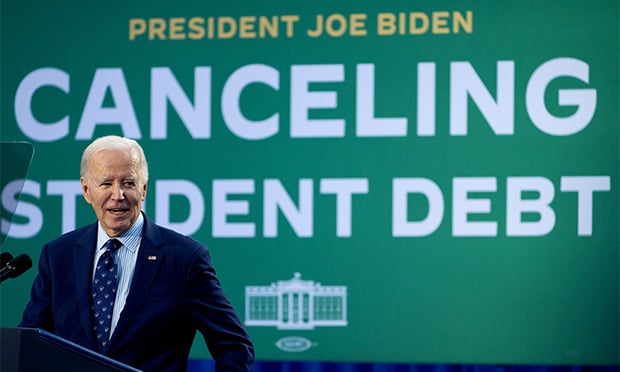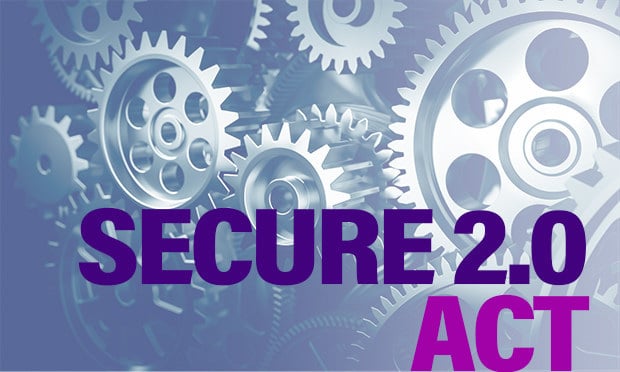Chasing returns is big business. The financial media continually perpetuates the desire, and the need, to pick “the next Apple” or “the next five-star mutual fund.”
But unfortunately, chasing the next high flyer has been shown to be a fool’s errand. In a Wall Street Journal article titled “Investors Caught with Stars in Their Eyes,” the newspaper went back to 1999 and studied the 10-year subsequent returns of those who bought five-star funds. What did they find? “Of the 248 mutual funds with five-star ratings at the start of the period, just four still kept that rank after 10 years.” I guess fund managers mean it very literally when they say “past performance is not indicative of future results!”
So just how do you create better performance in your retirement accounts if predicting the future is not your gift? Eliminate excessive fees.
If you were going to enter a sailing race from California to Hawaii, it doesn’t matter how high-tech your boat is, or how experienced you are as a sailor, if your boat has a hole in the side of the hull. Fees are the proverbial gaping hole in most people’s retirement plans, and excessive fees will ensure that most will never reach the port of a financially secure retirement.
Sadly, American business owners and employees have been lulled to sleep by 401(k) plan providers. Consider this: for 30 years, 401(k) plan providers didn’t have to disclose how much they were extracting from participants’ retirement accounts! In what other industry would this be allowed? It’s insanity. A study by AARP showed that 71% of participants think they pay no 401(k) fees whatsoever. Nothing could be further from the truth. Ignorance is not bliss. Ignorance is destruction of your financial future.
Jack Bogle, legendary investor and founder of Vanguard, often warns that Americans are giving up 50% or more of their future nest egg to fees. In an interview last year, he explained: “Let’s assume the stock market gives a 7% return over 50 years. If you get to 7%, each $1 goes up to $30 [over the 50 years]. If you get to 5% (that would be 7% less the industry’s typical 2% all-in costs), you get $10. So $10 versus $30. You put up 100% of the capital, you took 100% of the risk, and you got 33% of the return! As I say to people, if that strikes you as a good deal, by all means do it!”
Practically speaking, this means that business owners and participants alike are forfeiting two-thirds of their nest egg to excessive and egregious fees.
This has quietly become an epidemic and the previous White House administration, along with the Department of Labor, sounded the alarm as the societal implications of millions of Americans running of money too soon is simply unbearable.
In the $5 trillion 401(k) marketplace, about 95% of existing plans have under $10 million in plan assets and 90% have less than 100 participants, according to a study published by the Investment Company Institute, the lobby for the mutual fund industry, and BrightScope in December 2016. This small to mid-size segment is where the fees can be most damaging since larger plans usually can afford the luxuries of expert committees and outside consultants. Said another way, employees are penalized greatly by choosing to work for a smaller company.
The BrightScope/Investment Company Institute study found that for 80% of plans with between $1 million and $10 million in assets, fees can have a range of up to 1.71% annually. However, we review thousands of fee disclosures per year and we find the Investment Company Institute’s estimate to be low, especially when you look at plans under $5 million, where the average skews higher. Between 1.5% and 2% is a much more common annual fee range for small plans in our experience.
So what do these percentages actually mean to the employers who trust their 401(k) providers to help them and their employees go the distance? What is the impact to them and their employees over the long term, when they will actually need to rely on these savings to live with dignity during retirement?
Let’s take a real-life example. A dentist in Colorado approached us with a plan sold by his local insurance broker. He asked us to benchmark his fees and comb through his plan’s opaque and lengthy fee disclosure. The plan had “all in” expenses of 1.56% annually and $1.2 million in total assets, and the dentist and his practice’s staff members were contributing $100,000 every year. By switching to a 401(k) plan from another provider which lowered total fees to just 0.65% (a near 60% reduction), and all things being equal, he and his employees will have an extra $1,148,843 to enjoy 20 years from now! This is additional retirement savings that would have otherwise gone to fees and middlemen.
Despite what some might say, the 401(k) is not broken. The proverbial gaping hole in the 401(k) system’s boat was not caused by the plans themselves, but by the major 401(k) providers that have managed these plans as feeding troughs of fees instead of acting as stewards of the future well-being of millions of hardworking families.
Business owners and their trusted advisors need to wake up to this epidemic and uncover the hidden fees in their plan. Ironically, as the plan sponsors, it’s their legal responsibility to benchmark their plans periodically, but very few actually do so.
The silver lining here is that there are “next-generation” solutions now available that will ultimately be what Uber was to Taxi cabs. The 401(k) industry is ripe for disruption and everyone will be better off for it.
Tom Zgainer is CEO and founder of America's Best 401k.
Complete your profile to continue reading and get FREE access to BenefitsPRO, part of your ALM digital membership.
Your access to unlimited BenefitsPRO content isn’t changing.
Once you are an ALM digital member, you’ll receive:
- Breaking benefits news and analysis, on-site and via our newsletters and custom alerts
- Educational webcasts, white papers, and ebooks from industry thought leaders
- Critical converage of the property casualty insurance and financial advisory markets on our other ALM sites, PropertyCasualty360 and ThinkAdvisor
Already have an account? Sign In Now
© 2025 ALM Global, LLC, All Rights Reserved. Request academic re-use from www.copyright.com. All other uses, submit a request to [email protected]. For more information visit Asset & Logo Licensing.








